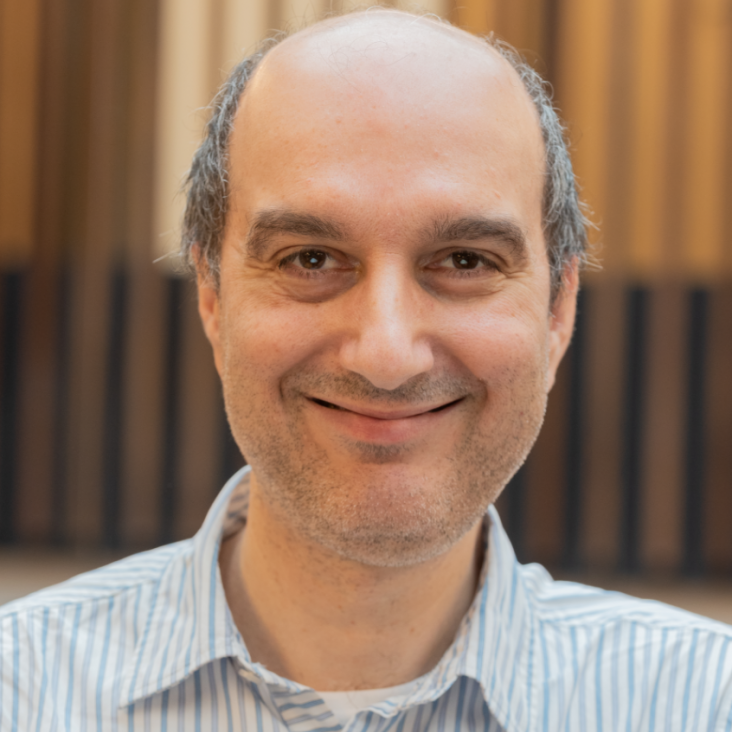Soft X-Ray Thomson Scattering in Warm Dense Matter at FLASH
Chapter in Ultrafast Phenomena XVI, Springer Nature 92 (2009) 241-243
Bremsstrahlung and line spectroscopy of warm dense aluminum plasma heated by xuv free-electron-laser radiation
Physical Review E - Statistical, Nonlinear, and Soft Matter Physics 78:6 (2008)
Abstract:
We report the creation of solid-density aluminum plasma using free-electron laser (FEL) radiation at 13.5 nm wavelength. Ultrashort pulses were focused on a bulk Al target, yielding an intensity of 2× 1014/cm2. The radiation emitted from the plasma was measured using an xuv spectrometer. Bremsstrahlung and line intensity ratios yield consistent electron temperatures of about 38 eV, supported by radiation hydrodynamics simulations. This shows that xuv FELs heat up plasmas volumetrically and homogeneously at warm-dense-matter conditions, which are accurately characterized by xuv spectroscopy. © 2008 The American Physical Society.Image plate response for conditions relevant to laser-plasma interaction experiments
Measurement Science and Technology 19:9 (2008)
Abstract:
We have measured the absolute response and detective quantum efficiency of image plates (IPs) for 5.9 keV x-rays using a calibrated iron-55 source. The types of IPs considered in this study are now commonly used as x-ray detectors in high-intensity laser-plasma interaction experiments, where conventional CCD fails because of the intense electromagnetic pulse that follows a high-intensity shot. Since the plates are not read out immediately after each laser shot, a detailed fading analysis of the plates is also presented. This work is important for future implementation of IPs as absolute x-ray photon detectors in large-scale laser facilities. © 2008 IOP Publishing Ltd.Plasmon resonance in warm dense matter
Physical Review E - Statistical, Nonlinear, and Soft Matter Physics 78:2 (2008)
Abstract:
Collective Thomson scattering with extreme ultraviolet light or x rays is shown to allow for a robust measurement of the free electron density in dense plasmas. Collective excitations like plasmons appear as maxima in the scattering signal. Their frequency position can directly be related to the free electron density. The range of applicability of the standard Gross-Bohm dispersion relation and of an improved dispersion relation in comparison to calculations based on the dielectric function in random phase approximation is investigated. More important, this well-established treatment of Thomson scattering on free electrons is generalized in the Born-Mermin approximation by including collisions. We show that, in the transition region from collective to noncollective scattering, the consideration of collisions is important. © 2008 The American Physical Society.Evidence of short-range screening in shock-compressed aluminum plasma
Physical Review Letters 101:7 (2008)


